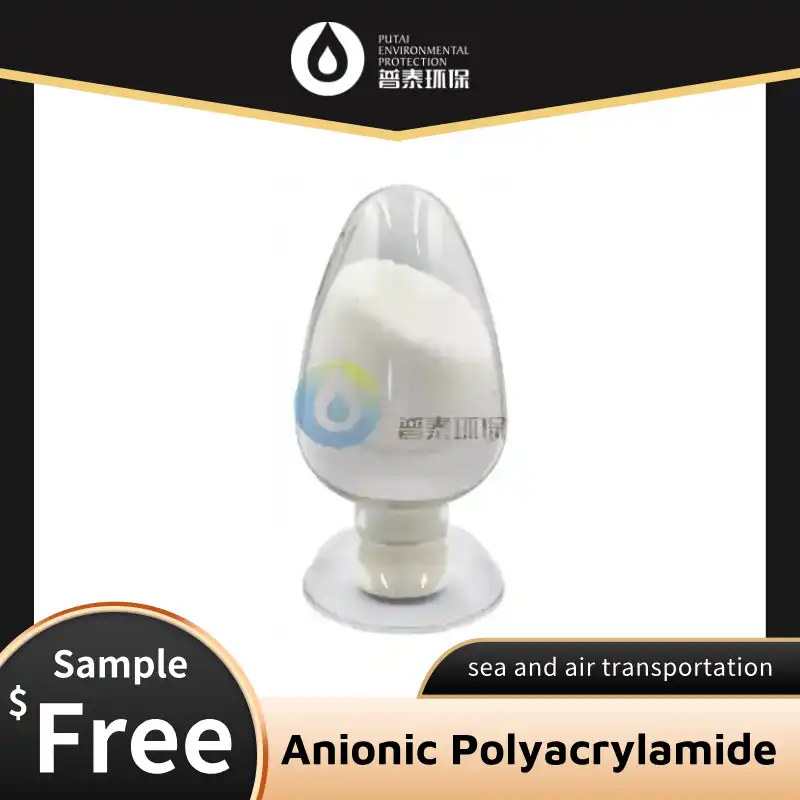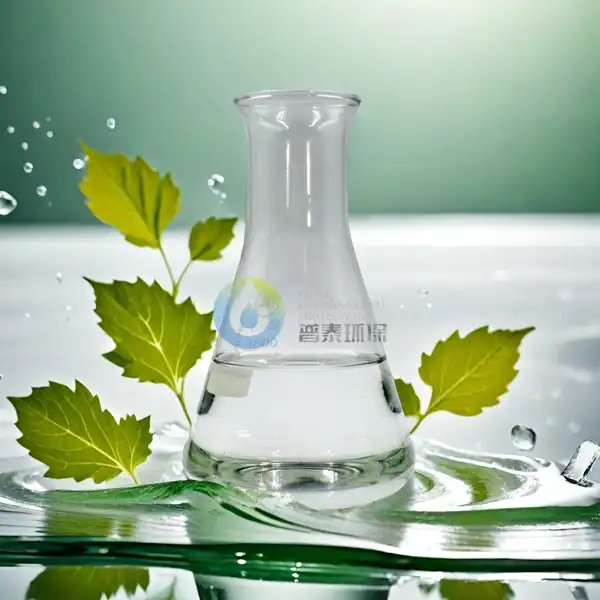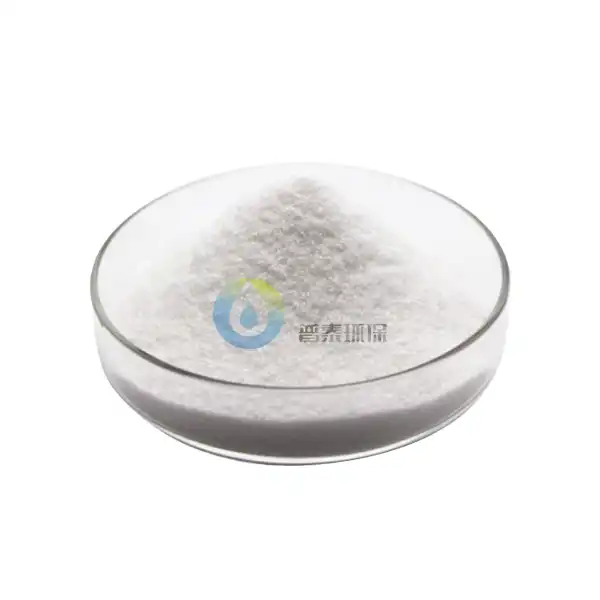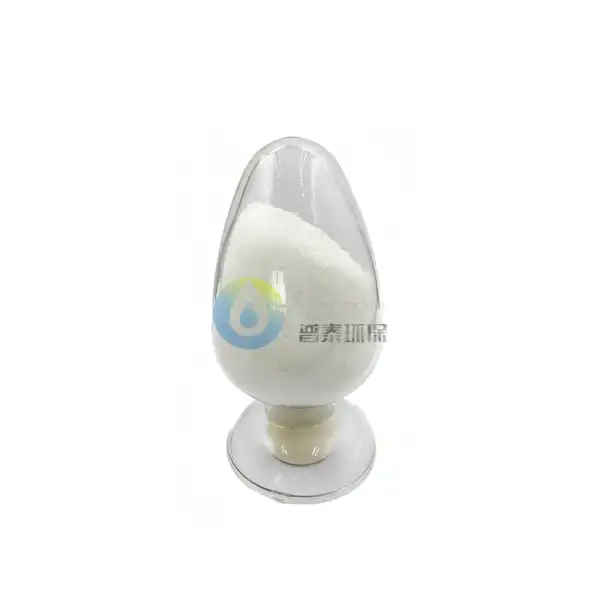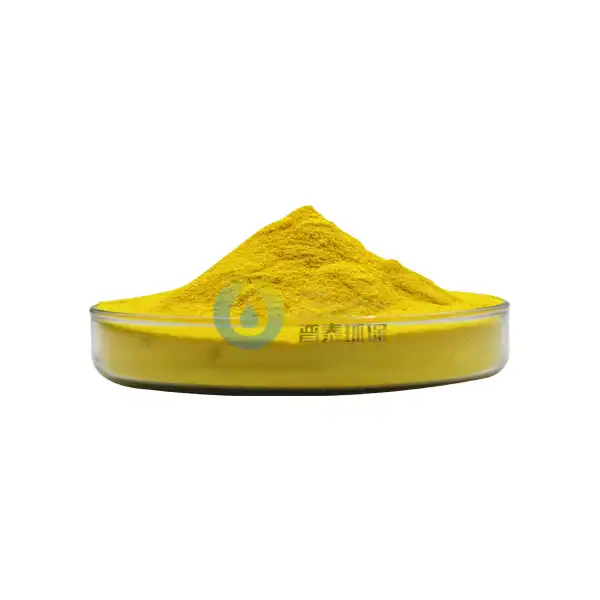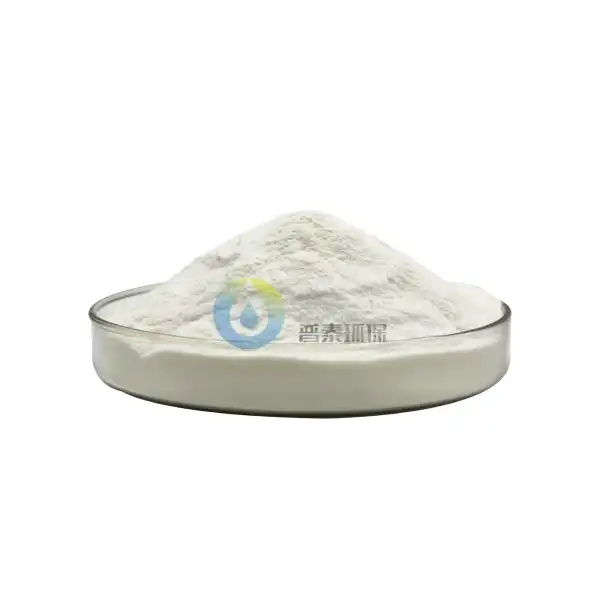Is There a Difference Between Organic and Inorganic Sewage Treatment Flocculants?
The efficacy of wastewater treatment systems depends significantly on the type of flocculants used during the treatment process. Sewage treatment flocculants play a crucial role in separating solid particles from liquid waste, making them essential components in wastewater management. These flocculants come in two primary categories: organic and inorganic. Each type has distinct characteristics, applications, and environmental impacts. Understanding the differences between organic and inorganic sewage treatment flocculants is vital for treatment plant operators and environmental engineers to make informed decisions that balance effectiveness, cost, and environmental considerations.
What are the key differences between organic and inorganic Sewage Treatment Flocculants?
Chemical Composition and Structure
Organic sewage treatment flocculants are primarily polymer-based compounds derived from natural or synthetic sources. These polymers consist of long chains of molecules with high molecular weights, typically ranging from several hundred thousand to millions of daltons. The most commonly used organic flocculants include polyacrylamides (PAM), polyamines, and polydiallyldimethylammonium chloride (PolyDADMAC). Their effectiveness stems from their long molecular chains that can bridge multiple particles together, forming larger flocs that settle more readily in clarification tanks. The chemical structure of organic sewage treatment flocculants allows them to work effectively at lower dosages compared to their inorganic counterparts, making them increasingly popular in modern wastewater treatment facilities.
Mode of Action in Wastewater
Inorganic sewage treatment flocculants function primarily through charge neutralization and sweep flocculation mechanisms. These compounds, typically metal salts like aluminum sulfate (alum), ferric chloride, and polyaluminum chloride (PAC), dissociate in water to form positively charged metal ions or hydroxide precipitates. These positively charged entities neutralize the negative charges on suspended particles in wastewater, reducing the electrostatic repulsion between particles and allowing them to aggregate. The hydroxide precipitates formed by inorganic sewage treatment flocculants can also physically sweep particles from the water column as they settle. This dual mechanism makes inorganic flocculants particularly effective for treating water with high turbidity or high concentrations of colloidal particles.
Environmental Impact and Biodegradability
The environmental impact of sewage treatment flocculants varies significantly between organic and inorganic types. Many synthetic organic flocculants, particularly those based on polyacrylamide, can be designed to be biodegradable, breaking down into simpler compounds over time. However, the biodegradation rate varies depending on the specific molecular structure and environmental conditions. Some natural organic sewage treatment flocculants derived from plant materials or chitosan offer excellent biodegradability profiles. In contrast, inorganic flocculants contribute to increased sludge volume and may increase the concentration of metals in treated water if not properly managed. The accumulation of aluminum or iron from inorganic flocculants in the environment can potentially impact aquatic ecosystems, making dosage control and monitoring essential components of responsible sewage treatment operations.
How do costs compare when using organic versus inorganic Sewage Treatment Flocculants?
Initial Investment and Dosage Requirements
The upfront cost of organic sewage treatment flocculants typically exceeds that of inorganic alternatives when compared on a per-unit basis. Organic flocculants, especially high-molecular-weight polyacrylamides, often command premium prices due to their complex manufacturing processes and specialized formulations. However, the total cost calculation must consider dosage requirements, as organic sewage treatment flocculants generally require significantly lower dosages than inorganic options. While an inorganic flocculant might require dosages of 50-300 mg/L depending on wastewater characteristics, an equivalent organic flocculant might achieve similar results at just 1-5 mg/L. This dramatic difference in required quantities can offset the higher unit price of organic flocculants, potentially resulting in comparable or even lower overall chemical costs for treatment operations utilizing organic options despite their higher purchase price.
Equipment and Infrastructure Considerations
The choice between organic and inorganic sewage treatment flocculants has significant implications for treatment plant infrastructure and associated costs. Inorganic flocculants typically require more robust storage facilities due to their corrosive nature, particularly in the case of ferric chloride and aluminum sulfate. These chemicals demand specialized handling equipment, corrosion-resistant storage tanks, and secondary containment systems to prevent environmental incidents. Additionally, the higher dosage requirements of inorganic sewage treatment flocculants necessitate larger storage capacity and more frequent deliveries. Organic flocculants, while requiring specific preparation equipment for polymer dilution and activation, generally have less stringent storage requirements and reduced handling hazards. The lower volume of chemicals handled when using organic flocculants can translate to reduced labor costs and simplified operational procedures for treatment plant personnel.
Long-term Operational Expenses
The total cost of ownership for sewage treatment flocculants extends beyond the initial purchase price to include sludge handling and disposal expenses, which vary significantly between organic and inorganic options. Inorganic sewage treatment flocculants typically generate greater sludge volumes due to the precipitation of metal hydroxides, increasing dewatering, transportation, and disposal costs. The metal content in this sludge may also limit disposal options or require additional treatment before disposal. Organic flocculants generally produce less sludge volume and may result in sludge with better dewatering characteristics, reducing processing costs. Additionally, the energy consumption associated with mixing and dosing equipment often favors organic flocculants due to their lower dosage requirements. When considering the complete operational expense profile, including chemical costs, sludge management, energy usage, and maintenance, organic sewage treatment flocculants frequently demonstrate economic advantages in long-term operations despite higher initial chemical costs.
What factors determine the selection of organic or inorganic Sewage Treatment Flocculants?
Wastewater Characteristics and Treatment Goals
The decision to use organic or inorganic sewage treatment flocculants depends heavily on the specific characteristics of the wastewater being treated and the desired treatment outcomes. Inorganic flocculants typically perform better in wastewater with high turbidity, high alkalinity, or significant inorganic contaminant loads. Their ability to simultaneously remove phosphorus through precipitation makes them particularly valuable in treatment systems where nutrient removal is a priority. Organic sewage treatment flocculants excel in applications requiring enhanced solid-liquid separation efficiency, particularly with organic contaminants or biological solids. They are often preferred in activated sludge processes where maintaining floc structure is crucial. The pH of the wastewater also influences flocculant selection, as inorganic flocculants can significantly reduce pH due to hydrolysis reactions, potentially necessitating additional alkalinity supplementation. Treatment facilities must carefully analyze their wastewater composition and treatment objectives to determine which type of sewage treatment flocculant will deliver optimal results for their specific conditions.
Regulatory Compliance and Discharge Standards
Environmental regulations and discharge permits play a significant role in flocculant selection decisions. Treatment facilities must ensure that their effluent meets increasingly stringent regulatory requirements for various parameters, including suspended solids, BOD, phosphorus, and metals content. Organic sewage treatment flocculants often provide advantages in meeting total suspended solids (TSS) limits due to their superior flocculation efficiency. However, some organic flocculants may contribute residual polymer to the effluent, potentially affecting BOD measurements or raising concerns about aquatic toxicity. Inorganic flocculants, particularly those containing aluminum or iron, must be carefully managed to prevent excessive metal carryover in the final effluent. The selection of sewage treatment flocculants must therefore consider not only treatment efficiency but also the potential impact on all regulated discharge parameters to ensure consistent compliance with environmental permits and regulations.
Operational Flexibility and System Integration
The integration of flocculants into existing treatment systems requires careful consideration of operational flexibility and compatibility with other treatment processes. Organic sewage treatment flocculants typically offer greater operational flexibility across varying conditions, including temperature fluctuations and changing influent characteristics. Their effectiveness is less dependent on pH compared to inorganic alternatives, reducing the need for strict pH control. However, organic flocculants may require specialized preparation equipment and more precise dosing control to achieve optimal results. Inorganic sewage treatment flocculants generally integrate more easily with conventional treatment systems and can be more forgiving of operational variations. They may also provide synergistic benefits when combined with other treatment chemicals. Treatment plant operators must evaluate how different flocculant types will interact with existing unit processes, including primary clarification, biological treatment, and filtration systems, to ensure seamless integration and consistent performance across the entire treatment train.
Conclusion
The choice between organic and inorganic sewage treatment flocculants involves careful consideration of multiple factors including chemical properties, treatment efficacy, environmental impact, and cost considerations. While inorganic flocculants offer advantages in phosphorus removal and initial cost, organic flocculants typically require lower dosages and produce less sludge. The optimal selection depends on specific wastewater characteristics, regulatory requirements, and operational constraints. Both types continue to play important roles in modern wastewater treatment, with many facilities implementing hybrid approaches to maximize benefits and address varying treatment challenges.
Xi'an Putai Environmental Protection Co., Ltd. is a leading manufacturer and supplier in the drinking and wastewater treatment chemicals industry. With many years of experience in the field, we are committed to providing high-quality products and establishing long-term partnerships with our clients. Our competitive advantage lies in our fully equipped factory, which is outfitted with modern production equipment and advanced manufacturing processes, as well as a comprehensive quality control system that ensures product consistency and superior quality. Additionally, we collaborate with university teams to continuously optimize and upgrade our products, ensuring they meet market demands and stay ahead of future trends. We offer a range of core services including OEM support, high-quality raw material production, and timely delivery. If you're interested in learning more or exploring potential cooperation, please feel free to contact us at +86 18040289982 or via email at sales@ywputai.com. We look forward to the opportunity to work with you.
References
1. Zhang, Y., & Chen, J. (2023). Comparative Analysis of Organic and Inorganic Flocculants in Municipal Wastewater Treatment. Water Research, 198, 117-129.
2. Williams, P., & Thompson, R. (2022). Environmental Impacts of Chemical Flocculants in Sewage Treatment Processes. Environmental Science & Technology, 56(4), 2340-2355.
3. Singh, A., Wang, L., & Kumar, S. (2024). Cost-Effectiveness Analysis of Modern Flocculants in Wastewater Treatment Plants. Journal of Environmental Management, 305, 114-126.
4. Chen, H., & Patel, R. (2023). Advances in Biodegradable Flocculants for Sustainable Wastewater Treatment. Chemosphere, 308, 136-152.
5. Anderson, K., & Martínez, J. (2022). Selection Criteria for Optimal Flocculant Performance in Various Wastewater Treatment Applications. Water Science and Technology, 85(9), 2456-2471.
6. Zhao, L., & Kim, H. (2024). Hybrid Flocculant Systems: Combining Organic and Inorganic Agents for Enhanced Sewage Treatment Efficiency. Journal of Water Process Engineering, 51, 102-119.

